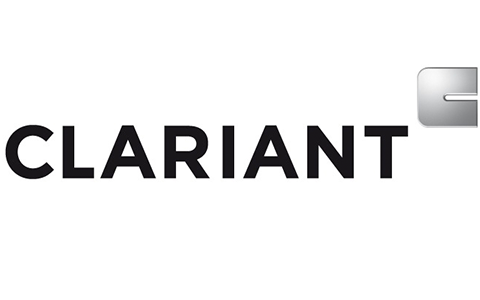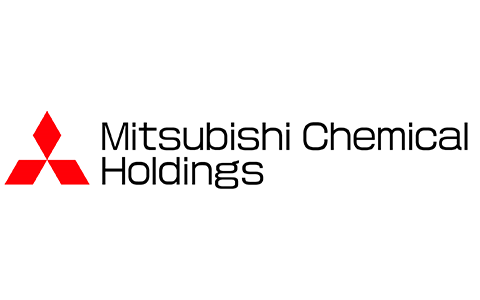Foreword
Contributing companies and associations


Executive Summary
Purpose
The SDGs present a universal framework that can be used to drive collaboration among industry peers and across sectors, on how to most effectively harness the potential of the private sector to drive sustainable development on the road to 2030. The Chemical Sector SDG Roadmap (Roadmap) is an initiative led by a selection of leading chemical companies and industry associations, convened by the World Business Council for Sustainable Development (WBCSD), to explore, articulate and help realize the potential of the chemical sector to leverage its influence and innovation to contribute to the SDG agenda. The Roadmap offers a unique and collective vision for the sector on what the key impact opportunities to contribute to its most material SDGs and specific SDG targets are — from product innovation to process improvement through to innovative public-private partnerships. It also outlines tangible actions that the chemical sector may take to accelerate impact in the short-, medium- and long term in the run up to 2030. Finally, the Roadmap also communicates the sector’s willingness to engage with relevant stakeholder groups to promote sustainability throughout the value chain in support of the SDGs.
Audience
This Roadmap is for the chemical sector to help identify potential opportunities for collaboration to enhance SDG impact, and to inspire action from across the industry as a whole. It will also provide a window into the capacity of the chemical sector to contribute to the SDGs for interested groups of stakeholders in other sectors and potentially foster chances for cross-sectoral cooperation.
Moving forward the companies involved in the production of this Roadmap will seek to establish working groups to advance the various impact pathways that have been identified, and set up appropriate frameworks to track and communicate progress.
Method and Approach
In the production of this Roadmap, the chemical sector has piloted the three-step framework described in the WBCSD SDG Sector Roadmap Guidelines.
In doing so, participating companies and industry associations have come together to establish a collective understanding and position around several key factors, including: the sector’s current level of SDG interaction across the value chain; key areas where the sector can make the most transformative contribution to the SDGs; and actions that the sector can take to deliver meaningful SDG impact. The leadership shown by the chemical sector in piloting the SDG Sector Roadmap guidelines has also helped WBCSD to refine this resource, making it more easily applicable and pragmatic to take up for subsequent sectors.
Impact Opportunities and Pathways
The Roadmap outlines a series of 18 impact opportunities that the sector has to contribute to the 10 priority SDGs identified. These opportunities have been grouped into five key themes: food, water, people and health, energy, and infrastructure and cities. The Roadmap then proceeds to map out key pathways for how these opportunities can be realized by the sector through various collaborative efforts moving forward. Realizing these opportunities will require a commitment to innovation across:
• Products – to address challenges that currently lack a viable solution;
• Processes – to improve the way the sector operates; and
• Partnerships – to leverage collective resources and drive mutual value propositions.
Road to 2030
This Roadmap highlights the significant role that the chemical sector has to play in realizing the SDG agenda. It also represents an invitation for the entire sector to work together while engaging with suppliers, customers and other stakeholders to maximize SDG impact.
The following table summarizes the 18 impact opportunities identified across the five themes as well as highlighting the potential level of impact they could have on prioritized SDGs.
Priority SDGs
The chemical sector is diverse and complex, and as such interacts with a wide number of SDGs. It is also important to note that many interconnections exist across most of the SDGs themselves. Taking these complexities into account, 10 goals were identified as being priority SDGs for the sector
The contributors to the Roadmap also strongly encourage other companies throughout the sector, and wider stakeholder groups to reach out and get in touch with ideas on how best to align projects or strengthen partnerships that will ultimately accelerate SDG progress.
Priority SDGs for the sector
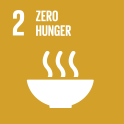
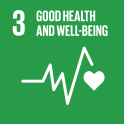
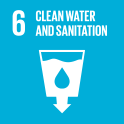
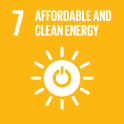
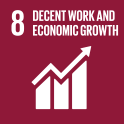
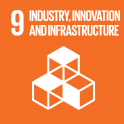
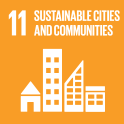
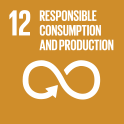

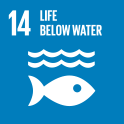
Impact Opportunities
1. Contribute to sustainable and healthy food supply
2. Transform food packaging to prevent food loss and waste
3. Transform food additives to combat malnutrition
Associated SDG impact




4. Increase resilience for water pipe systems
5. Improve urban water treatment capabilities
6. Accelerate water stewardship
7. Work with others in the value chain on aquatic waste issues
Associated SDG impact






8. Transform portfolio to have more products with positive impact
9. Reduce impact of operations to people
10. International chemical industry capacity building
Associated SDG impact



11. Accelerate energy efficiency in downstream sectors
12. Enable production and storage of renewable energy/renewable energy infrastructure
13. Continue to improve energy efficiency in own processes
14. Breakthrough technologies for alternative production processes
15. Increase proportion of renewable energy or innovative energy technologies used in production
Associated SDG impact



16. Scale and evolve involvement in multi-stakeholder collaboration to make cities more sustainable and inclusive,
improving lives of the urban poor
17. Demonstrate benefits of industrial symbiosis
18. Strengthen production assets to promote resiliency
Associated SDG impact





Cross-cutting factors
Introduction
What are the Sustainable Development Goals?
In 2015, the United Nations established a set of goals to end poverty, protect the planet, and ensure prosperity for all. Each of these 17 Sustainable Development Goals (SDGs) includes specific targets to be achieved by 2030. Achieving the SDGs requires the efforts of governments, the private sector, civil society, communities and individuals.
What do the SDGs mean for business?
Governments have been tasked with the implementation of the SDGs however, this is an agenda that fundamentally will not be realized without strong engagement by the private sector. Business has a critical role to play in helping to realize the ambitions of the SDGs; as an engine of economic growth and employment; as a source of finance; and as a driver of technology and innovation.
And there’s lots to be gained for companies strategically aligning with the SDGs. The goals provide a new cross-sector global framework to translate the world’s most pressing needs into business solutions. Companies that are able to deliver inclusive and sustainable products and services in line with these ambitions stand to open up significant market opportunities.
The Business & Sustainable Development Commission’s flagship Better Business, Better World report points to US$12 trillion of additional market value that could be unlocked by 2030 if the SDGs are successfully implemented, creating 380 million jobs in the process.
The SDGs can also help companies to analyze and address operational and regulatory risk, and to secure a strong and enduring license to operate.
Why an SDG Roadmap for the sector?
The SDG agenda is ambitious, transformative, and universal. It will not be achieved through incremental change and calls upon all actors to go beyond business as usual to tackle complex societal and environmental challenges. Realizing the ambitions of the goals and unlocking the potential they represent is beyond the reach of any one organization and so calls for innovative new forms of partnerships at scale.
From a corporate perspective, the SDGs present both opportunities and risks. Realizing SDG-related opportunities and effectively managing risks will require innovation and transformative change that incorporates efforts spanning across industry sectors, with individual organizations working together with their peers to tackle abstacles and scale solutions. In this context, the Better Business, Better World report underlines the importance of drawing up detailed sector “roadmaps” to guide and support specific industries in their shift towards sustainable development in line with the SDGs.
Embracing these recommendations, the Chemical Sector SDG Roadmap (Roadmap) is an initiative led by a selection of leading chemical companies and industry associations, convened by the World Business Council for Sustainable Development (WBCSD), to explore, articulate, and ultimately realize the potential of the sector to leverage its influence and drive innovation that will significantly contribute to the realization of the SDG agenda. The Roadmap identifies areas where the sector can have the most SDG impact and explores key opportunities and pathways to accelerate and optimize this impact on the road to 2030, while also presenting a strong business case for action. The Roadmap is also important as it will provide a means to communicate with potential partners in other sectors and relevant stakeholders on key ustainability activities and initiatives.
Method and Approach
In order to develop this Roadmap, nine leading chemical companies and two industry associations formed a dedicated working group, convened by WBCSD. The group took a leadership role in piloting and refining the three-step framework described in WBCSD’s SDG Sector Roadmap Guidelines. The group worked collaboratively with input from external experts to collectively:
• Map perspectives around the chemical sector’s current level of SDG impact at the target-level across the value chain and identify priority SDGs for the sector to address;
• Conceptualize where the sector can collectively make the most transformative contribution to the SDGs, and identify key impact opportunities to drive progress towards realization of the SDGs; and
• Set out a series of key actions for the industry to pursue in the short-, medium-, and long-term with a view to making these impact opportunities a reality on the path to 2030.
Players in all sectors will benefit from developing detailed “roadmaps” to guide their sector’s shift to sustainable development in line with the Global Goals.

Copyright © 2021
World Business Council
for Sustainable Development
All rights reserved
Privacy Policy
Follow us
Contact
MAISON DE LA PAIX
Chemin Eugène-Rigot, 2B
Case Postale 2075
CH-1211, Geneva 1
Switzerland
Tel: +41 (22) 839 3100
Fax: +41 (22) 839 3131










